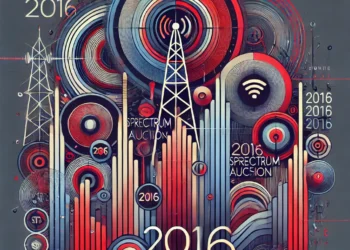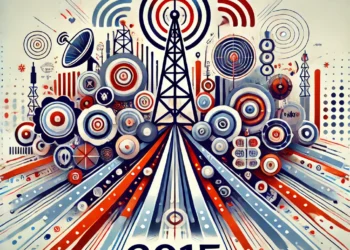Introduction
The Broadband Wireless Access (BWA) auction of 2010 began just two days after the conclusion of the 3G auction, on 24th May 2010, and concluded on 11th June 2010. This auction marked another critical milestone in India’s telecom history, as it opened the door for 4G technology in the country, albeit under the guise of BWA. Before delving into the auction process, it is essential to understand the background of the availability of the BWA spectrum in the 2300 and 2500 MHz bands, and the dynamics that drove the auction process. The BWA auction would ultimately set the stage for India’s future internet revolution, but it was not without controversy, influenced heavily by regulatory biases and complex market dynamics.
The Story of BWA Spectrum Availability
The history of the BWA spectrum availability closely mirrors that of the CDMA spectrum. Originally referred to as the WiMAX band, the 2500 MHz band was supposed to facilitate the rollout of broadband access services in India. However, just like the 3G spectrum in the 2100 MHz band, the availability of the 2500 MHz band was limited, with one slot of 20 MHz already allocated to BSNL/MTNL a year in advance, just as they were given 3G spectrum in the 2100 MHz band. The rest of the 2500 MHz band was occupied by the Department of Space (DoS), and they were unwilling to release it.






